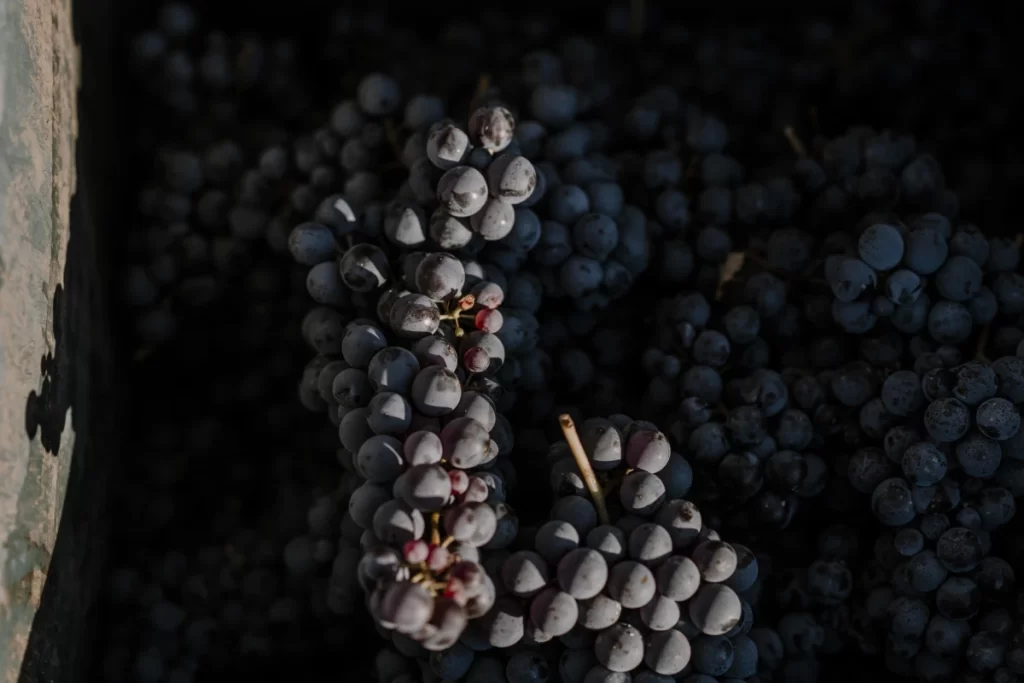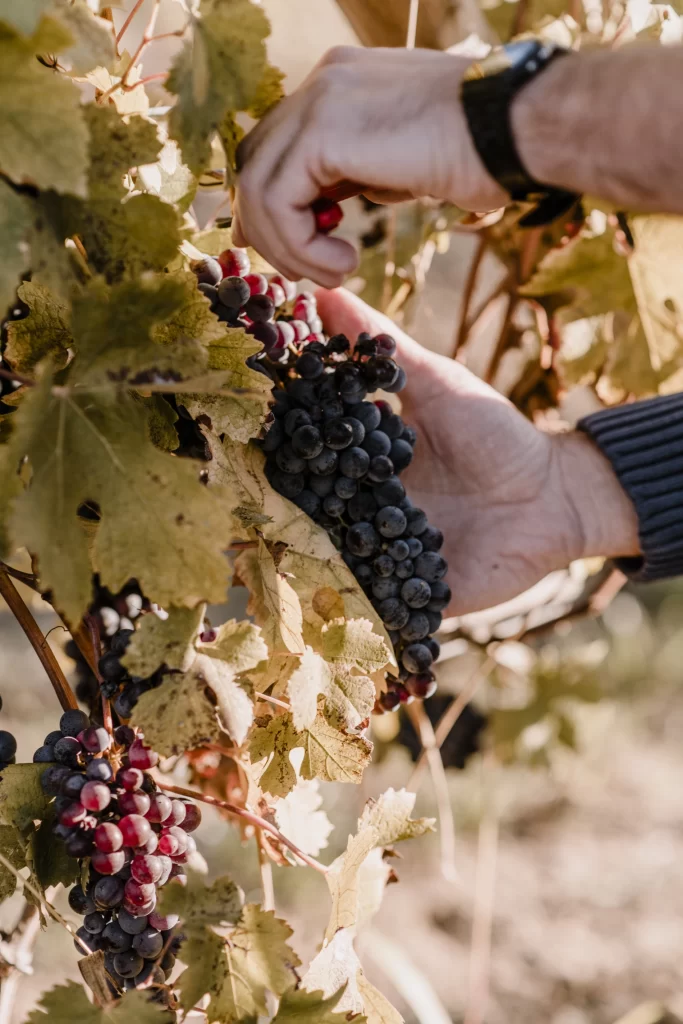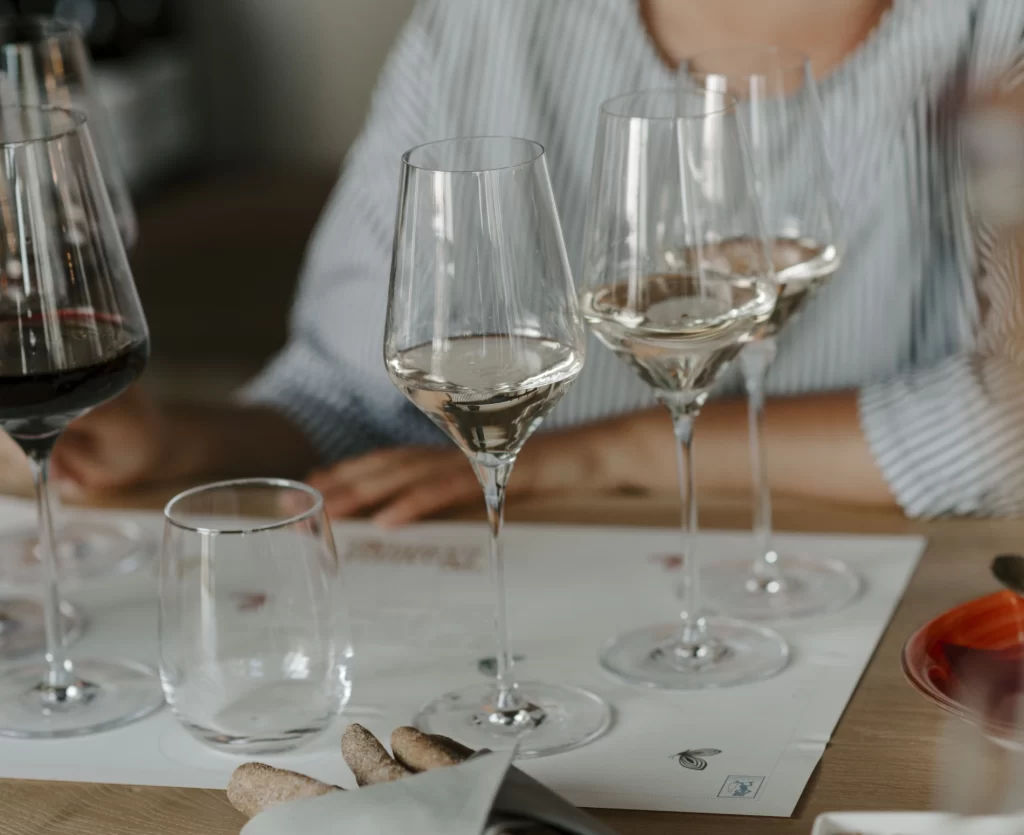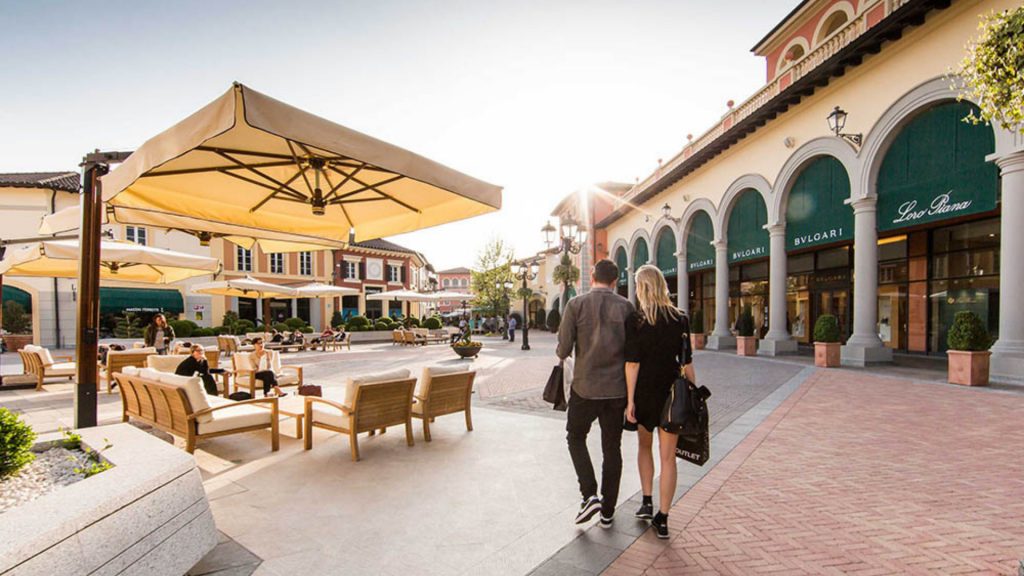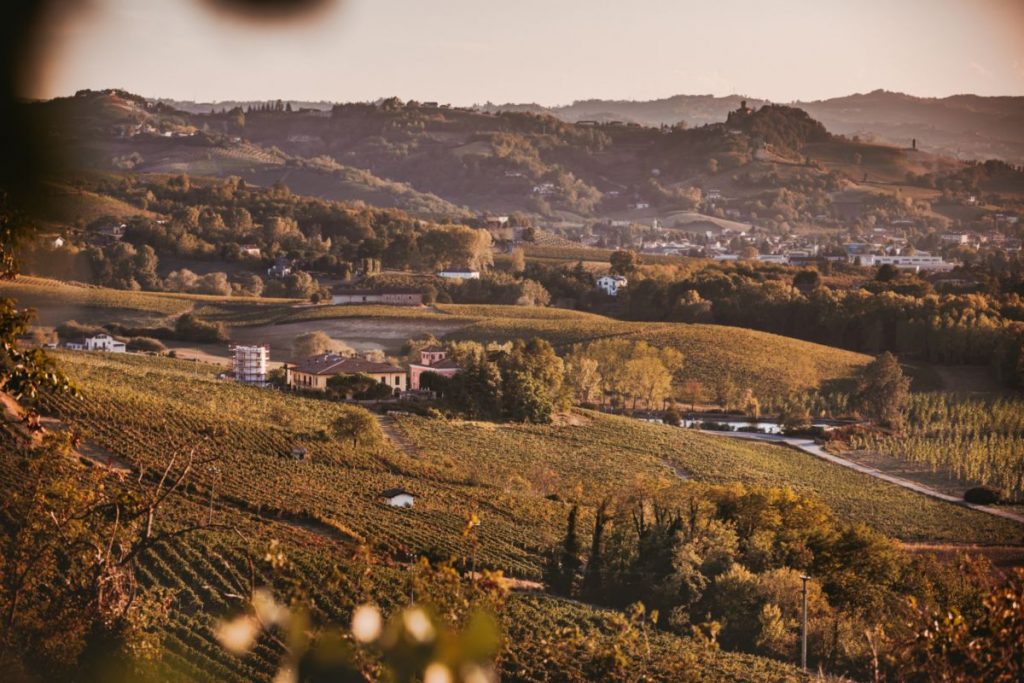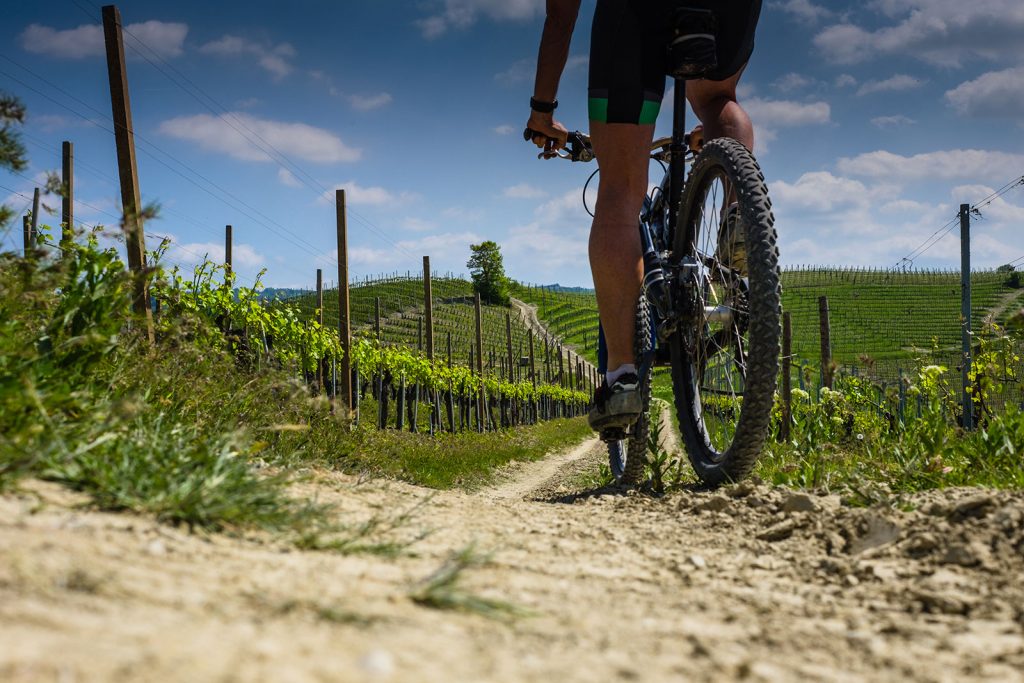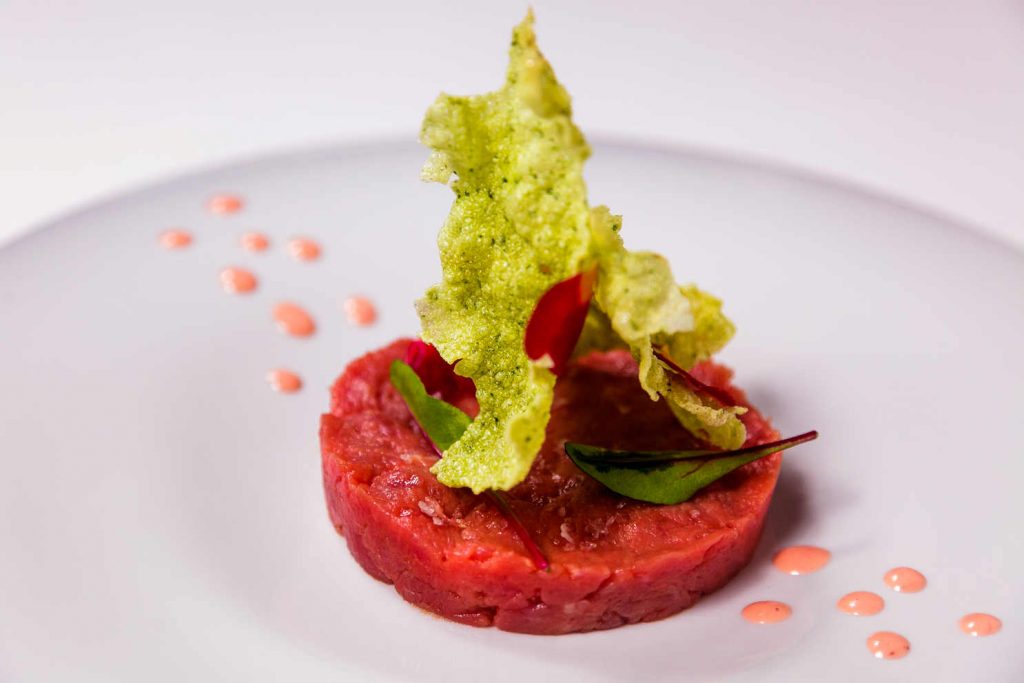When the summer heat gives way to the first cool autumn breezes, the hills of Nizza Monferrato transform into a spectacle of colors and aromas that signal the start of the harvest.
Here at Tenuta La Romana, this is a moment of deep connection with the land, a celebration that sinks its roots in centuries-old traditions, while also looking to the future through modern and sustainable techniques.
The harvest is not just a phase of the production process, but the very essence of wine. It is an act that, year after year, is carried out with care, adapting to climatic conditions and the characteristics of the crop. Each harvest is unique, influenced by temperatures, rainfall, and sunlight, which makes every vintage unrepeatable and fascinating.
The harvest spans a time frame that varies from year to year and depends on the type of grape. Each variety has its optimal time to be harvested, and getting it at the right moment is crucial to achieving a balanced and harmonious wine.
Late August and September are the periods for white grapes like Moscato, which require well-defined acidity to produce fresh and aromatic wines, while in mid-September and October, red grapes come into play, such as Barbera, Dolcetto, and Nebbiolo. These grapes need more time to ripen, seeking a greater concentration of sugars and polyphenols to produce robust and structured wines.
The last grapes to be harvested are those for passito and late-harvest wines, where the grapes, left to wither on the vine or on special racks, concentrate sugars and intense aromas, ideal for sweet and complex wines.
Behind every glass of wine lies hard work, patience, and precision. Every step of the winemaking process is essential to achieving a quality product.
Vineyard Preparation: Before harvesting, the vines are carefully tended. Excess leaves are pruned to better expose the grapes to the sun and improve ripening.
Transport and Pressing: The grapes are transported to the cellar in small baskets to prevent crushing and premature fermentation. Once they arrive, pressing begins, where the grapes are broken to release the juice, the precious must.
Fermentation and Aging: The must ferments in steel or wooden tanks, a process during which natural yeasts convert the sugars into alcohol. But this is only the beginning: after fermentation, the wine is aged to develop complexity and depth of flavor.
Bottling: Only when the wine is ready, after months or in some cases even years of aging, is it bottled and left to rest further. This process allows the wine to reach its full potential before being tasted and enjoyed.
The harvest is one of the oldest agricultural traditions in the world. In ancient Greece and Rome, the grape harvest was celebrated with festivals and religious rituals, in honor of the wine gods, such as Dionysus and Bacchus.
These ancient peoples considered wine a sacred gift, capable of bringing people together and bringing joy. Today, even with modern techniques, the essence of the harvest remains the same: an act of love for the land, turning the fruits of the vine into a unique sensory experience.
Ancient farming traditions suggest that the phase of the moon influences the ideal time for harvesting grapes. According to tradition, the waning moon is the perfect time to obtain longer-lasting wines.
For those wishing to immerse themselves in the world of wine, we recommend experiencing something unique at the Emanuele Gambino Winery, located in a stunning location among the hills of Monferrato.
Here, tasting tours await you, where you will discover the excellence of the region and the secrets of winemaking.
In this fascinating place, you will savor a selection of extraordinary wines, produced with the same care and passion that characterize every harvest. During your visit, you will learn the details of the techniques used to create wines with unique character.
Copyright of the images @CantinaEmanueleGambino

